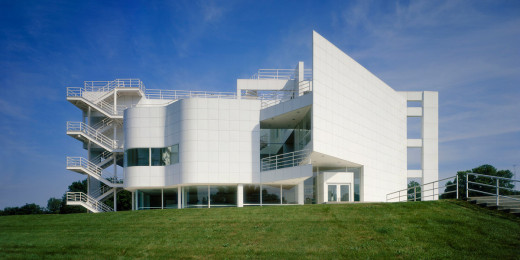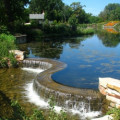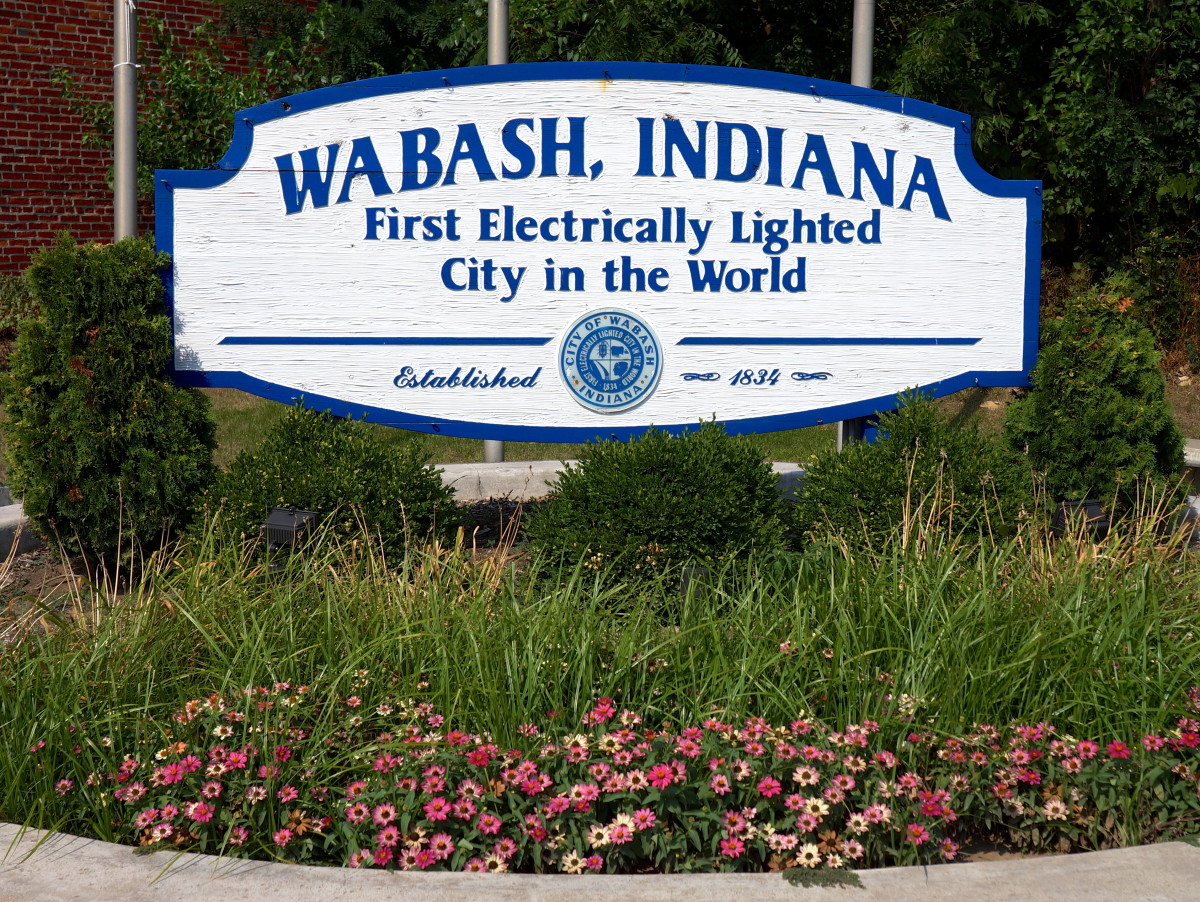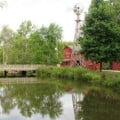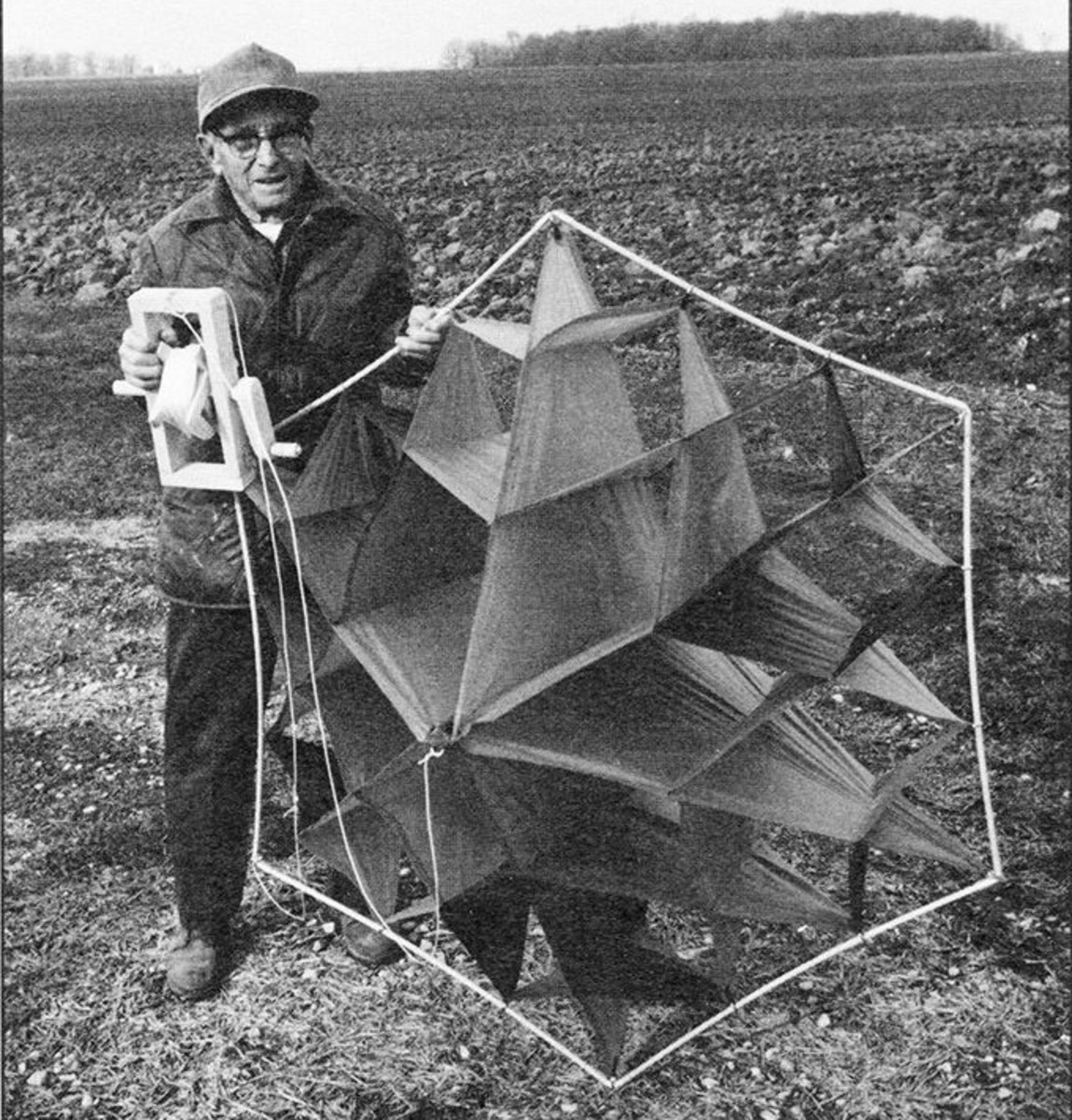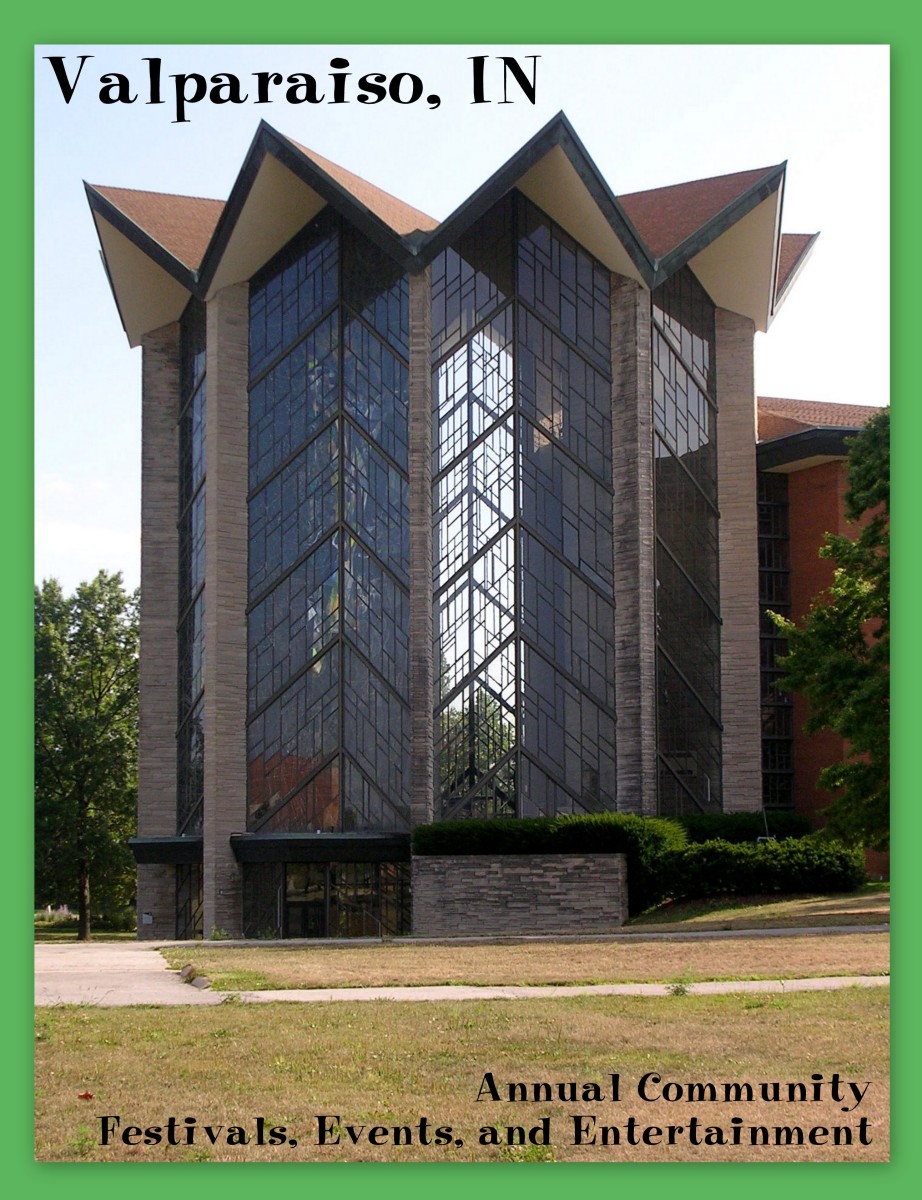- HubPages»
- Travel and Places»
- Visiting North America»
- United States
New Harmony, Indiana
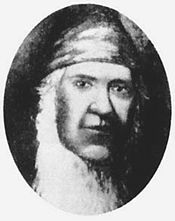
Today New Harmony, Indiana is a small town of less than one thousand residents.What makes it unique is its history. It was founded by the Harmonie Society, which was led by George Rapp. and members lived communally. They sold their first town, which was located in Pennsylvania and moved to southwestern Indiana in 1814, then part of America's frontier. Indiana did not become a state until two years later. With the money they obtained from selling their first town, they were able to purchase 7,000 acres along the Wabash River, not far from its junction with the Ohio River.
After ten years, the Harmonists sold their town and returned to Pennsylvania. It was purchased by Robert Owen, a wealthy Scottish industrialist. He attempted to establish a utopian communal society, but it failed within two years.
Today New Harmony is a popular tourist attraction, with modern buildings and ones that date back to Harmonist times. With 12 buildings that date back to the two utopian communities and many others from the nineteenth century, the New Harmony Historic District is a National Historic Landmark.
The Harmonists
George Rapp was the founder of the Harmonie Society. Rapp was born in Germany in 1757. The beliefs of Rapp and his followers differed with those of the Lutheran church. Fed up with harassment by church authorities, Rapp traveled to America in 1803, attracted by its religious freedom. He was looking for a place where he and his followers could live communally. They acquired 4,500 acres in western Pennsylvania and the Harmonie Society was officially formed in 1805. They called their new home Harmony.
In 1814 they sold their town in Pennsylvania and established a new one in the Indiana Territory. One might expect the Harmonists to be old-fashioned like today's Amish, but they were actually technically advanced, and big advocates of American manufacturing. They had a wool carding and spinning factory that was powered by steam instead of water power, which was more common at that time. They also had a tannery, brewery, distillery and winery. They preferred to drink wine and sold most of the beer and hard liquor to outsiders.
Harmonists believed that the second coming of Christ was very near. Rapp saw the Napoleonic Wars in Europe as proof of this. A large church fund and fresh flour for bread were kept ready at all times. George Rapp was prepared to journey to Jerusalem at a moment's notice to introduce his group of true believers to Jesus upon his return. During their time in Indiana, the Harmonie Society numbered about 800 people.
The Harmonists did not always get along well with outsiders. This was for a variety of political and economic reasons including:
- High prices charged for their goods. Harmonist members got the goods they needed at no charge. Outsiders often complained that the Harmonists were price gouging. Since the area was sparsely settled and travel difficult at the time, there weren't a lot of alternatives.
- The Harmonists had the only suitable boat landing on the Wabash River for several miles, which allowed them to control river shipping in the area.
- High grinding fees at the New Harmony mill prompted 21 Posey county citizens to petition the Indiana state legislature, asking that the mill be declared public property.
- By voting as a bloc, Harmonists had a huge effect on county elections. In one election their ballots were destroyed, so they did not participate in the next one. Afterwards they received a letter from a successful candidate thanking them for not voting.
- Kentucky, a slave state, was only about 15 miles from New Harmony. Since they were abolitionists, the Harmonists were sometimes harassed by pro-slavery factions.
In 1820 there was a two hour riot in New Harmony and afterwards nine people were arrested.
In 1825 the Harmonists decided to leave New Harmony and return to Pennsylvania where they founded a third town called Economy. This was done primarily to be closer to eastern markets for their manufactured goods. They sold New Harmony to Robert Owen in 1825 for 150,000 dollars. They prospered for a while in their new town, but eventually their numbers started to dwindle and the Harmonie Society was formally dissolved in 1905.
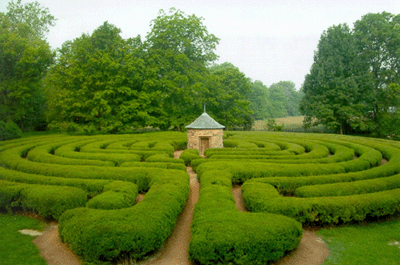
The Owen Experiment
Robert Owen's attempt to create a utopian community at New Harmony was a total failure, and was abandoned within two years. The venture was poorly planned and consisted of an odd assortment of people. According to Owen's son it was
"A heterogeneous collection of radicals, enthusiastic devotees to principle, honest latitudinarians, and lazy theorists, with a sprinkling of unprincipled sharpers thrown in."
Josiah Warren was a participant in the experiment. According to him
"We had a world in miniature — we had enacted the French revolution over again with despairing hearts instead of corpses as a result."
Robert Owen eventually cleaned up all the debts racked up by the experiment and sold the property to his sons.
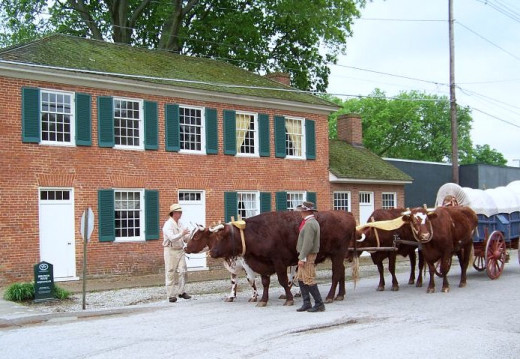
Visiting New Harmony Today
I highly recommend a visit to New Harmony. Guided walking tours are available each day at 10:00 AM & 2:00 PM from mid-March through October. The tours are available on weekends only in November and December. The cost is $12 for adults and tours list about two hours. After the tour there are other places in town you will probably want to visit as well. I recommend that you plan on spending a full day at New Harmony, and cap it off with a visit to the Red Geranium, a popular and well-known local restaurant. Please visit NewHarmony.biz for more information about lodging. If you prefer camping, Harmonie State Park is only a few miles away.
